Noble “Essentials” courses deliver new ideas and practices plus a regenerative network
Farmers and ranchers share what they learned in Noble’s first year of regenerative courses as the initial 2024 class offerings are announced, starting with New Braunfels, Texas, this February.
As Noble Research Institute expands its educational programs this year, with a wider range of regenerative courses delivered across several states in the Southwest, Midwest and Great Plains, we wanted to share what participants are saying about the first two courses in the curriculum.
In 2023, farmers and ranchers attended the two-day Noble Land Essentials course in Oklahoma and Texas and the three-day Noble Grazing Essentials course offered in Ardmore and Miami, Oklahoma, both debuting that year.
The first course of 2024 is Noble Land Essentials, to be held Feb. 21-22 in New Braunfels, Texas. Start here to register for that course or any of these locations on the calendar so far:
Noble Land Essentials
- Feb. 21-22, 2024, in New Braunfels, TX
- March 13-14, 2024, in San Angelo, TX
- April 3-4, 2024, in Edmond, OK
- May 8-9, 2024, in Greenwood, AR
- May 16-17, 2024, in Stephenville, TX
Noble Grazing Essentials
- March 8-10, 2024, in Waller, TX
- April 16-18, 2024, in Ardmore, OK
- May 21-23, 2024, in Elmdale, KS
- Oct. 22-24, 2024, in Jefferson City, MO
“We’re pleased to be expanding our geography to reach people interested in regenerative ranching in Arkansas, Kansas and Missouri, with plans to offer courses in the Dakotas as well,” says Hugh Aljoe, director of ranches, outreach and partnerships at Noble. In addition, he says to watch for news of new course topics and locations during the year.
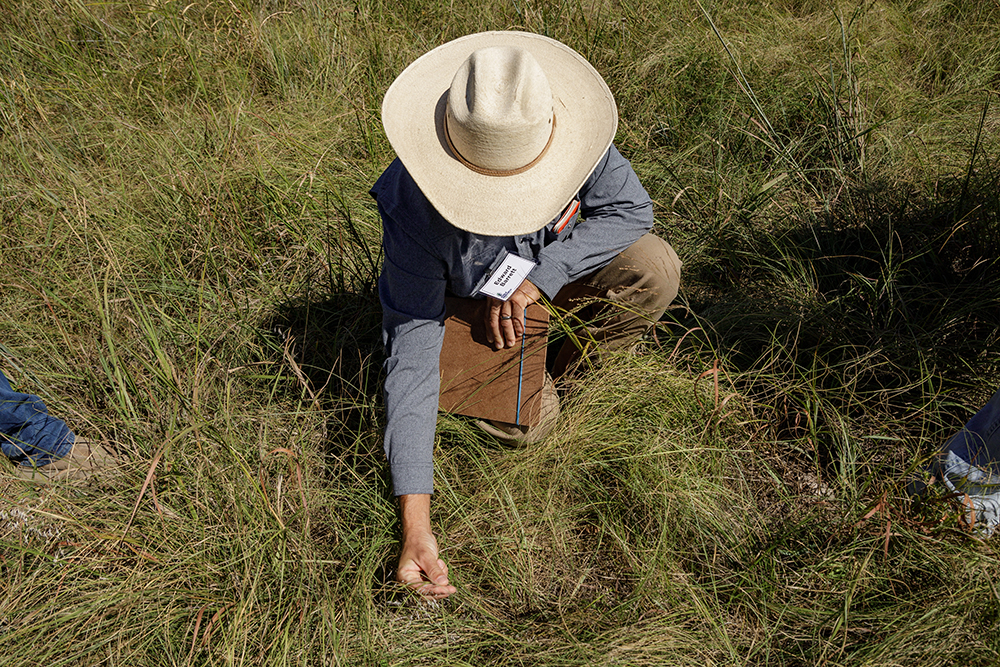
Something for everyone
As Noble had hoped and expected, class participants came with experience levels ranging from those new to ranching, to seasoned ranchers using conventional practices, to dedicated regenerative ranchers looking for new ideas. Here are some examples of what they say they learned and planned to try out when they got home.
Edward Barrett, the regenerative farming manager for Chimney Stack Farm in Mabank, Texas, says he was glad to learn that moving cattle or any animals through a grazing system entails a mix of both art and science.
Admitting he was not that good at math, he was relieved to reach the in-field portions of Noble Grazing Essentials and hear things like: “‘Hey, just take some polywire and move it. If you get it wrong, just make it bigger or smaller tomorrow.’ That was really good for me to take away from the course.”
He also appreciated the experience of his classmates.
“I’ve only been doing this a short time, so there’s a wealth of information with the men and women who were in this room. I got a lot from them.”
Barrett says he learned that there’s no specific or rigid prescription for regenerative grazing, but that “it’s adaptive.” He says it’s helped him refocus, while solidifying his tentative plan to put in more water lines. He also says he’s going to think about destocking and “using less resources for now so I can improve the soil and the land.
“Additionally, we use a lot of hay, and I found out there’s a way that I don’t have to use so much hay. That as I move down the road of regenerative ranching, I’ll be able to use less hay in the future. And I think that’s very valuable.”
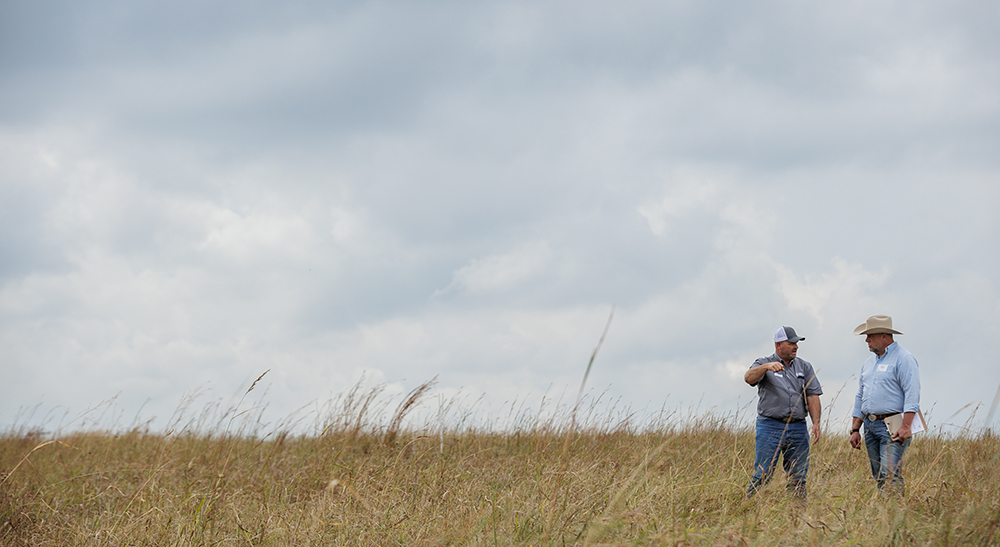
Tangible results
Paul Bush traveled from Fort Smith, Arkansas, to attend one of Noble’s earliest Noble Land Essentials courses, and he reports seeing results when he put what he learned into practice at Circle PK Farm and Ranch.
“Since I’ve started assessing my soil health and applying the (soil health) principles, I can see improvements in soil cover already,” he says. “Land that was bare six months ago is now covered.”
He says the most important thing he learned at the Noble training “was not just the importance of soil health, but how to attain it, how to work within the systems, recognize the systems and how they work together.
“My message to someone who is just starting this journey is to find resources, find friends, find a network that you can bounce questions off of. Find an organization, such as Noble, that has a bank of information.”
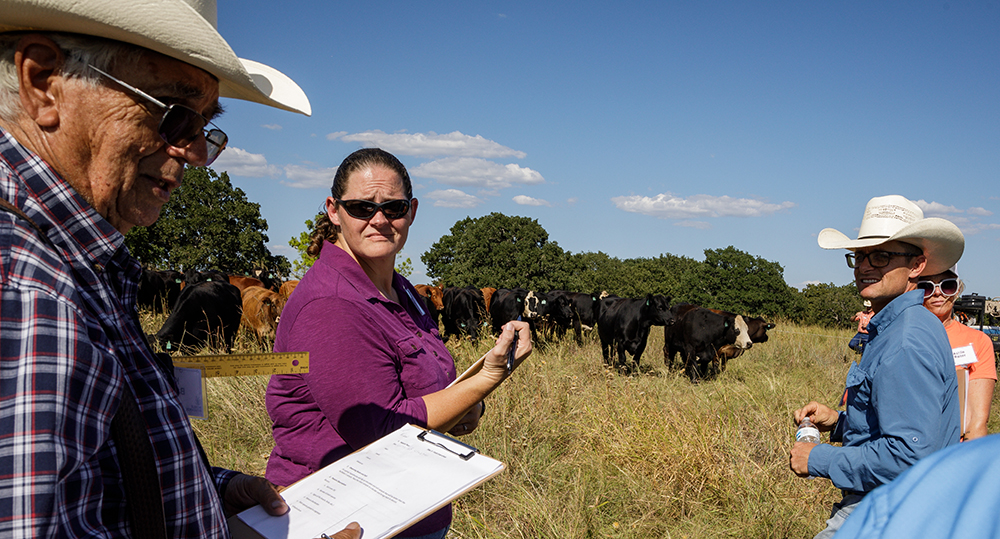
Changing mindsets
Hollie Boyer is a seventh-generation cattle rancher from Muskogee County, Oklahoma, and was new to the concept of regenerative grazing until her cousin, who is second-generation on her ranch, started talking about it and told her about the Noble Grazing Essentials course.
Boyer says she came to the course with the impression that using regenerative grazing was a means to an end, strictly financial.
“You can get to a point where you don’t have to use fertilizer and chemicals and all those things, but it’s actually so much more than that,” she says. “It’s bringing it back to the very basics. When we take those things away, the cow are just fine on their own. Yes, there is a financial component to it, obviously, but it’s a nature component. Being able to see what God intended it to be, not what we or I have created it to be.”
Boyer says she learned that moving her cattle more often than she had been will be much more effective and not necessarily more time-intensive; that she’ll need to look at stocking levels and hopes to help her production-minded dad understand that “you can have perfectly healthy cattle without all the inputs.
“I also learned that we’re not alone. In this class, we’re all trying to get to the same end. We all want to be better ranchers; we want to be more sustainable. And now I have resources – there’s a whole community.”
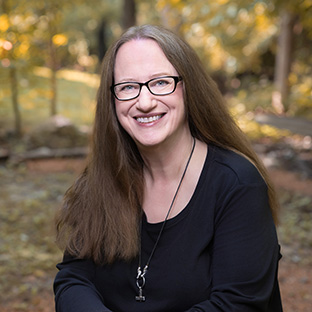
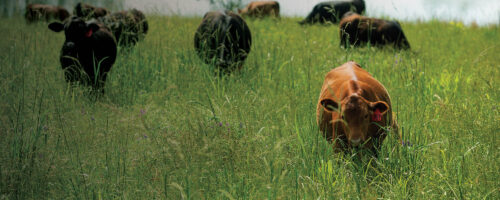
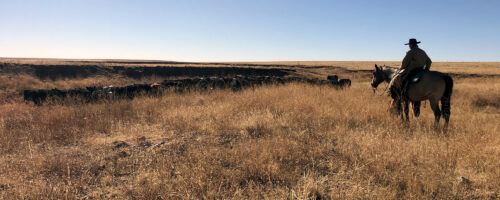
Comment